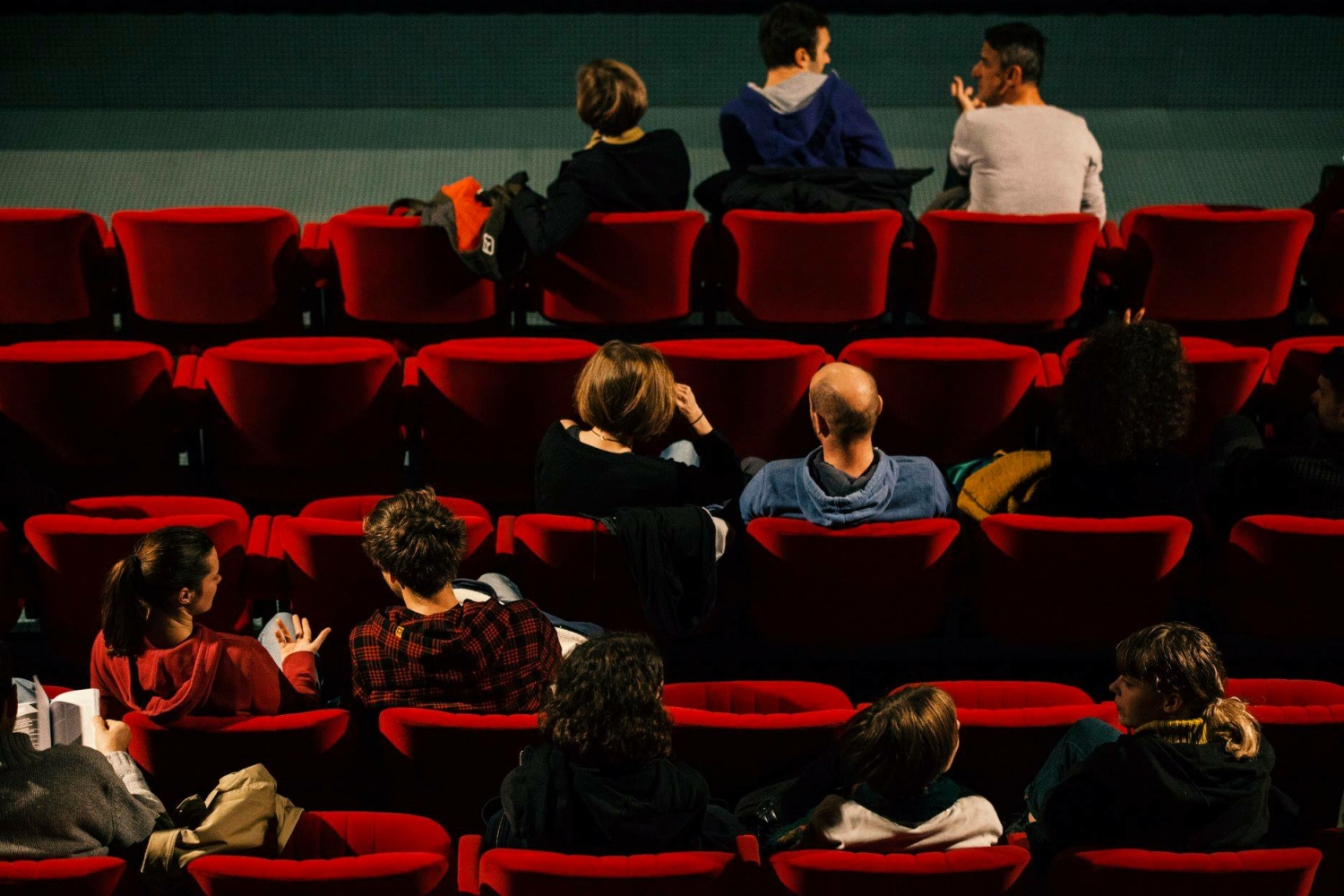

At the occasion of the CoFestival 2019, EDN, Kino Šiška and Nomad Dance Academy (NDA) Slovenia organised discussions to investigate the place of dancehouses in the dance ecosystem and to look deeper into the Slovene dance scene.

The place and function of dancehouses in the dance ecosystem
The festival of contemporary dance and choreography in Ljubljana took place from 22 to 27 November. The event featured six days of performances, workshops, a conference, a book presentation, artist talks etc - including the two activities below co-organised by EDN.
In the times of unstable and precarious working conditions, EDN, Kino Šiška and NDA Slovenia organised a panel discussion during CoFestival 2019 to investigate the place of the dancehouses in the dance ecosystem. We took a closer look at different perspectives of existing structures and programs for contemporary dance, while at the same time attempting to think of the dance house as home for everyone inhabiting it. Together we observed different examples and experiences of the invited speakers and also audience, through the lenses of working conditions, artistic perspectives, function of education, international collaboration and the local position of a dance house.
The discussion was moderated by Dragana Alfirević, Nomad Dance Academy. Biljana Tanurovska Kjulavkovski, director of the Lokomotiva Center for New Initiatives in Arts and Culture, Skopje, Macedonia and Eddie Nixon, director of The Place, London shared their views on this question.
You can find the panel in video here below.
Slovene contemporary dance history
An introduction to the Slovene contemporary dance history by Rok Vevar
European (and American) contemporary dance contexts do not have their autonomous spaces but were rather intermingled from the very beginning. European history of contemporary dance is at home in its inter-local and inter-cultural space.
At the lecture “Slovene contemporary dance history in the perspective of the European artistic exchange: Selected stories (1918-1999)” Slovene publicist, critic and theatre director Rok Vevar focused on some relations between Slovenian and international dance contexts from the 1920s until the 1990s with the aid of photographic and video materials. He presented concrete short stories about female and male artists, performances or historical situations. Finally, Vevar went through some photos and videos out of their micro-histories and bring them into the European context of contemporary dance to open up their proximities and distances.
Find the full lecture in video here below.